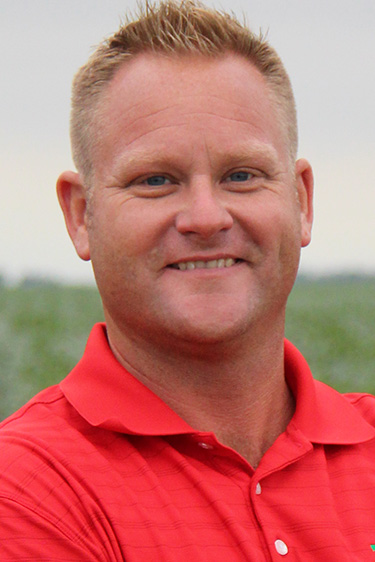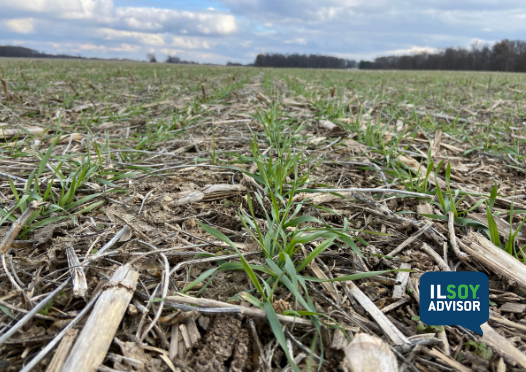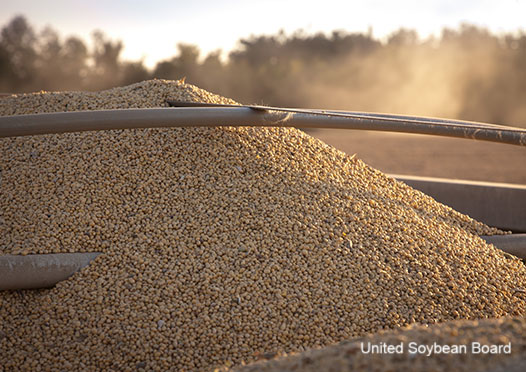ILSOYADVISOR POST
Agriculture’s Eyes in the Sky
Last fall I had the opportunity to sit down separately with two new aerial imagery companies, AKER and IntelinAir. They both have unique ways of giving growers and retailers a set of eyes on their crops they may not have had access to before.
Entry level drones have become very affordable and I know a lot of operations that utilize them to do basic aerial scouting. You can see drowned-out, ponding, lodging orother potential issue areas. What they can’t show is thermal imagery, vegetative indexes or topography. Upgrades to cameras that can capture that data in one flight can cost tens of thousands of dollars. It may also require an upgrade to an aircraft that can carry that payload and investment in a computer with the ability to process the data captured. That is what makes AKER and IntelinAir attractive to growers.
AKER has made its presence known in the retail market by doing before and after flights with chemical companies and retailers, showing the impact on a crop with an application of one or more products. They collect RGB, infrared (IR) and NDVI imagery. As growers, we always question if a product is making an impact on a crop after application. We usually must wait till harvest for the answer, but now we can have an additional layer of information along with yield data that can show visual crop differences and impacts of management and environment on the plant. Once a grower or retailer has an account set up, they can simply click on the field or fields they wish to have imagery on and AKER will send a pilot and drone to collect the data.
AKER imagery seems to show more sensitivity in variability, which can often be adjusted to show field differences not noticeable to the naked eye. I felt it did a good job showing more distinction between varieties in the side-by-side plot as well as showing water-damaged and stressed areas in this field.

IntelinAir utilizes manned aircraft and collects RGB, thermal and NDVI imagery. A grower can choose their fields or draw boundaries on fields that they wish to collect imagery from. Once they sign those acres up, prior to planting, they will receive in-season imagery updates all year long—from bare soil all the way through the growing season. You can toggle through the different imagery and dates throughout the season. Catching potential problem areas can save growers bushels at harvest when those areas are addressed timely.

AGMRI NDVI imagery captured on August 3, 2018, illustrating how imagery can differentiate areas in a field.
Previously we’ve used NDVI imagery to locate areas in the field that showed the best possible place for high yields in the 100-Bushel Yield Challenge. In 2016 that imagery took us to the areas where we found lodging. Yes, it had the greatest amounts of vegetation, but a severe lodging worked against yields. It is always good to follow up both good and bad imagery to find out why and learn from those areas or make corrective measures. That means ground-truthing the areas on foot to diagnose the cause of abnormalities.
We will be utilizing this year’s imagery in our plots to remove the water damaged areas and to provide the most accurate yield data to our customers. As an advocate for early planting, it also shows how the early planting trials and high yield plots have better NDVI scores than the other areas of the field or farm.
Whether a grower or retailer utilizes InteliAir’s AgMRI or AKER’s services, I am confident you can gain valuable information. For large growers who can’t get to out-skirting fields or retailers wanting to show the advantages of their products, I recommend looking into their offerings for 2019.





Comments
Add new comment